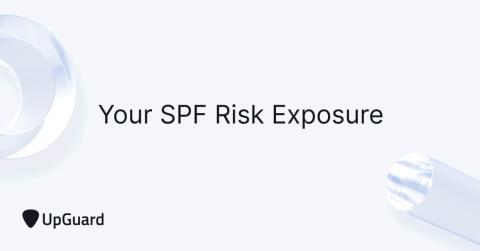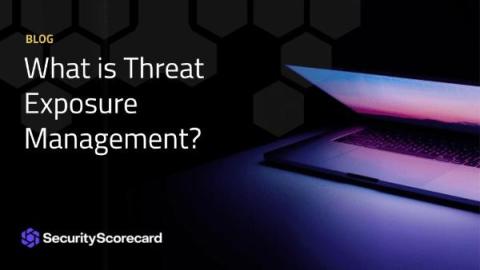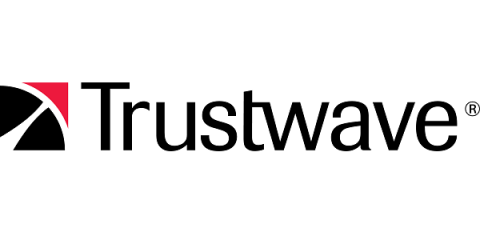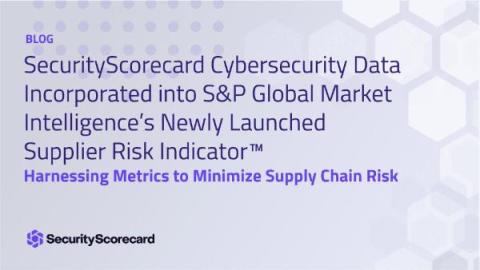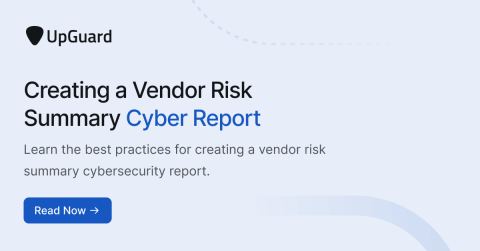Security | Threat Detection | Cyberattacks | DevSecOps | Compliance
Risk Management
Your Sender Policy Framework (SPF) Risk Exposure
10 Frequently Asked Supplier Risk Management Questions
What is Threat Exposure Management?
Staying ahead of cyberattacks and strengthening your organization’s defenses doesn’t happen overnight and can be hard to accomplish without the right tools and cyber strategies. SecurityScorecard’s Threat Intelligence team hosted a webinar that highlights the importance of threat exposure management, its latest trends, and how to implement this framework into an organization’s cybersecurity plan.
How a Database Risk Assessment Reduces the Risk of a Cyberattack
Database security often, and to an organization's detriment, falls between the cracks as security and IT teams scramble to stay on top of daily cyber hygiene tasks and deal with the never-ending problems of running their network. The danger of overlooking their database, or to put it in, say, banking terms – the vault – is this is likely a threat actor's primary target. An organization's database is where IP, credentials, and financial information are stored.
Understanding Insurance Risk
Vendor Due Diligence Checklist: 5 Steps to Selecting a Third-Party
Why a robust risk management and cyber resiliency plan is an absolute necessity
As we are in the midst of Cybersecurity Awareness Month, and in the lead-up to our own Secure Connected Future Summit which we are hosting in November, I feel that a lot of the focus when it comes to cybersecurity still tends to be on prevention tactics. However, I would argue that it is not just about having the right defensive cybersecurity tools in place, but it is also about understanding how the organisation will recover from an incident – how quickly and at what cost to the business.
SecurityScorecard Cybersecurity Data Incorporated into S&P Global Market Intelligence's Newly Launched Supplier Risk Indicator
The world around us is often a reflection of who we are and what we value. The same can be said for businesses. It’s no longer enough to be resilient, trustworthy, and secure your own organization; the companies you do business with need to meet these same standards.



